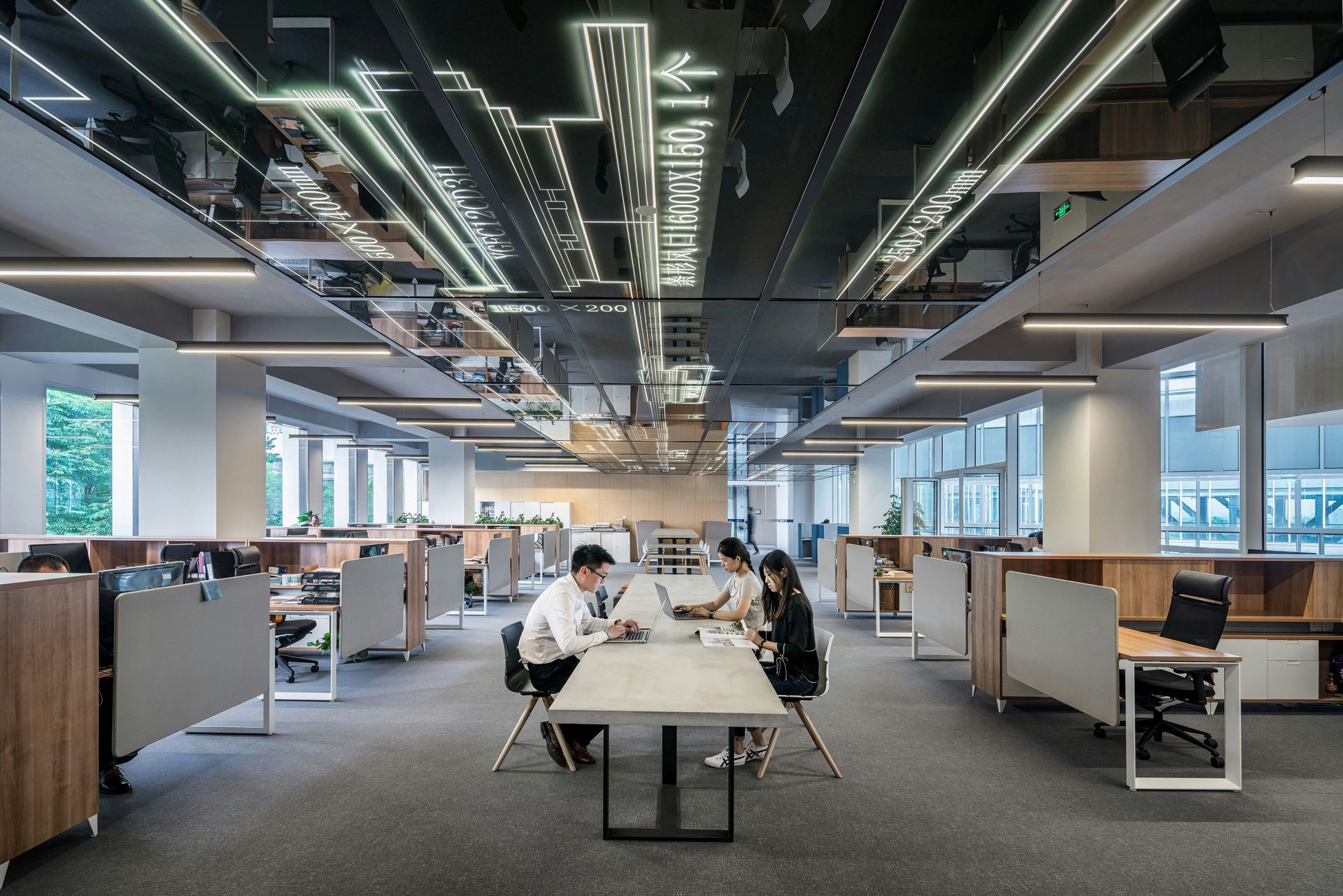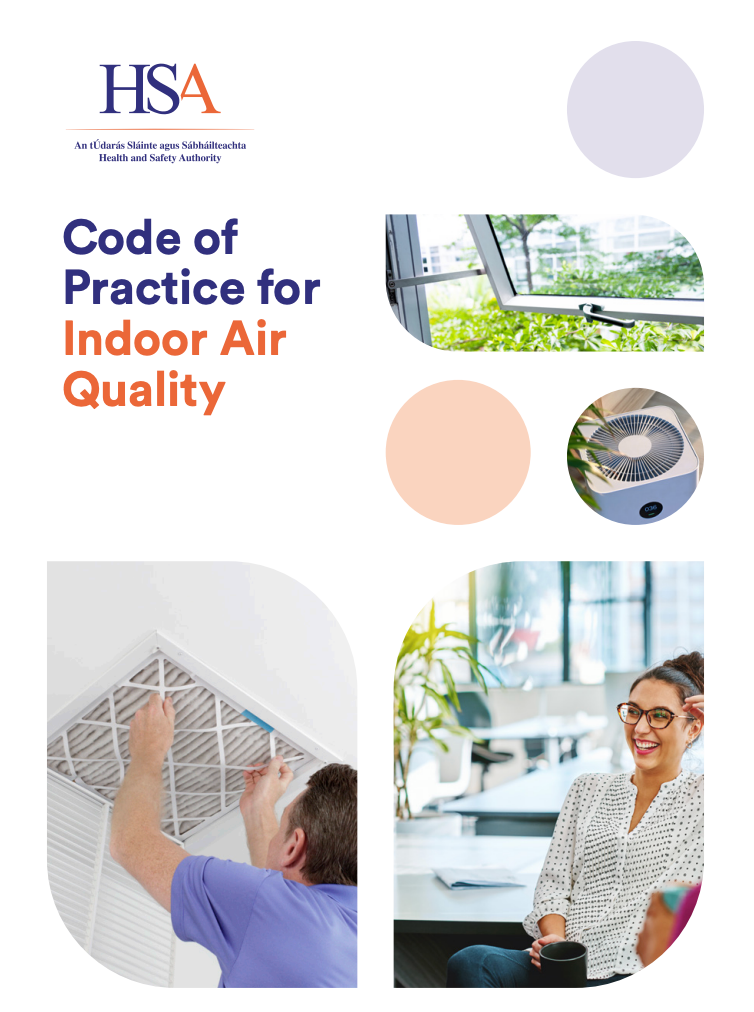Air Pollutants—you can’t see them, but they can see you. They surround your personal yet comfortable living space with their contaminants, poisoning your airways when you’re not careful. Leaving the gas stove on? Air pollution. Mildew in the corner of the shower? Air pollution. Even those innocent-looking dust bunnies under your bed are not so innocent—air pollution. Almost all of the everyday items you use in your home can be a health risk.
But how can you prevent these common yet hazardous mistakes? Everyone loves a small, decorative ventilation device with an added floral scent in their house for a certain aesthetic, but aesthetics aren’t always everything - they don’t necessarily help reduce and capture moisture build-up; nonetheless, unlike a regular/built-in ventilator, they are not always the strongest to tame the health risks away. COSHH 2002 did warn you, but we’re not them; we’re Ultra Protect. So we’re here to help you to be aware and protect you.
The different air pollutants
Carbon Monoxide
This is a no-brainer. Carbon Monoxide (or CO) can easily travel if you don't switch off the gas from your gas oven, stove, or both and even gas boilers if they're left on for long periods of time throughout the day, especially if you forget to do so. Paraffin heaters and portable generators have been a blast from the past since they died out in the late ‘90s. However, the risks of still using one in this day and age are still significant. Then, you have the health hazards that CO can cause.
Asbestos
Asbestos is a mixture of minerals and crystallised fibres, usually found in fireproof everyday products. It is resistant to heat but does not dissolve in water. As a harmful substance, asbestos can not be disposed of in any everyday bin or recycling bin. However, it can be professionally removed by licensed experts organised by your local council or someone who has experience and a license to do so.
Mould
Mould (particularly black mould) and mildew can be found in old buildings, damp areas/rooms and surfaces, especially in bathrooms and kitchens, where hot steam has nowhere to go, and there are no ventilation fans or windows open. When formed and inhaled, it can cause respiratory sickness, infections, and asthma. It can also be found in very dark places in rooms where there is no light. If you have a damaged blocked drain or gutter, it must be replaced ASAP to prevent it from spreading and any water/moisture coming into the house. Check our guidelines surrounding workplace ventilation.
Lead
Lead can come in different formats, particularly in dust as a grey compound when exposed to the air or a liquid. It can also be found in old buildings and homes, as it was an essential ingredient for many everyday products, especially during the Victorian era. Because it’s hard to detect from time to time, lead poisoning can build up in your body for months until circumstances worsen and require medical attention. Just like asbestos, lead removal can be done by a licensed professional by stripping the chemical.
Ozone
Ozone, essential in the Earth's upper atmosphere for shielding us from harmful ultraviolet radiation, can become a significant air pollutant at ground level. This ground-level ozone forms when pollutants emitted by cars, power plants, industrial boilers, refineries, chemical plants, and other sources react chemically in the presence of sunlight. It's a major component of smog, which can have severe health and environmental consequences. Oxidation is employed to mitigate ozone levels indoors. Activated carbon filters, often integrated into air purifiers, can effectively trap ozone molecules.
Benzene
Exposure to benzene is indeed most likely to occur through inhalation, especially in areas with higher levels of air pollution, such as those near industrial facilities or heavy traffic areas where vehicle exhausts are prevalent. Benzene is a volatile organic compound (VOC) that can be released into the air through various industrial processes, fuel combustion, and emissions from motor vehicles. Overall, while the general population may not commonly experience high levels of benzene exposure, it's important to continue monitoring and regulating benzene emissions to minimise potential health risks, especially considering its carcinogenic properties.
Sulfur Dioxide
Sulfur Dioxide (SO2) is a colourless gas with a pungent odour. It is indeed a by-product of the combustion of fossil fuels like coal and crude oil, as well as other industrial processes such as metal smelting. Efforts to reduce SO2 emissions include implementing cleaner technologies in industrial processes and utilising flue gas desulfurisation systems in power plants to remove sulphur compounds before release into the atmosphere.
Nitrogen Dioxide
Nitrogen dioxide (NO2) is a reddish-brown gas with a sharp, pungent odour. It is primarily emitted during the combustion of fossil fuels, such as those used in vehicles, power plants, and industrial processes. Efforts to reduce NOx emissions include implementing emission control technologies in vehicles and industrial processes, promoting cleaner fuels and energy sources, and enforcing regulations on emissions from various sources.
Particulate Matter
Particulate Matter refers to tiny solid particles and liquid droplets suspended in the air, ranging in size from a few nanometers to several micrometres. These particles can consist of various substances, including dust, pollen, soot, smoke, and chemicals emitted from industrial processes, vehicle exhaust, construction activities, and natural sources like wildfires. Therefore, efforts to monitor and reduce PM pollution are crucial for protecting public health and mitigating its harmful impacts.
Ammonia
Ammonia (NH3) is a colourless gas with a pungent odour that is often described as similar to urine. It is lighter than air and can easily dissolve in water to form ammonium hydroxide, which is a strong alkaline solution. However, high concentrations of ammonia can harm human health, causing irritation of the eyes, nose, and throat, as well as respiratory issues. Therefore, proper handling and ventilation are important when working with or around ammonia-containing substances.







